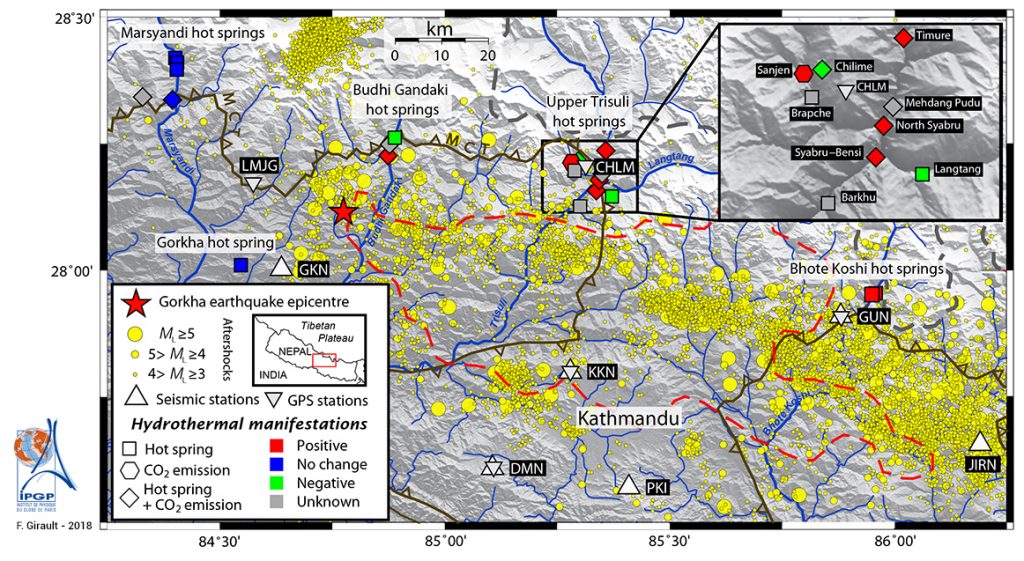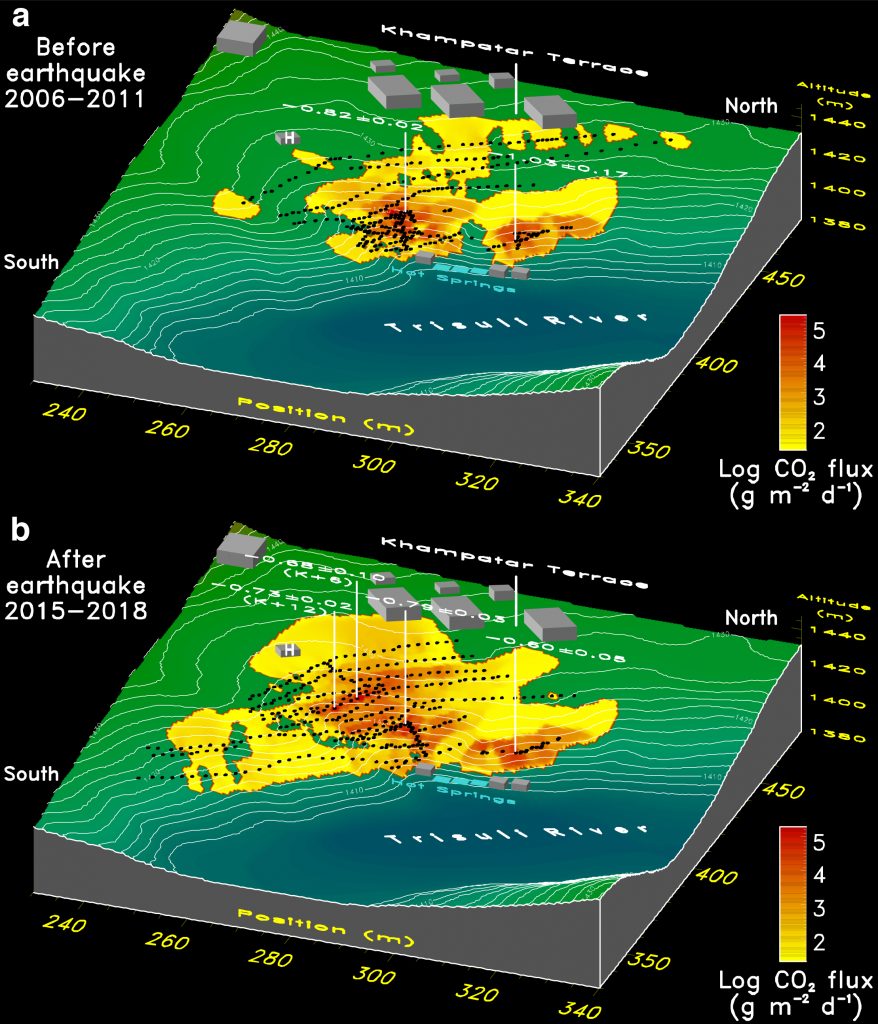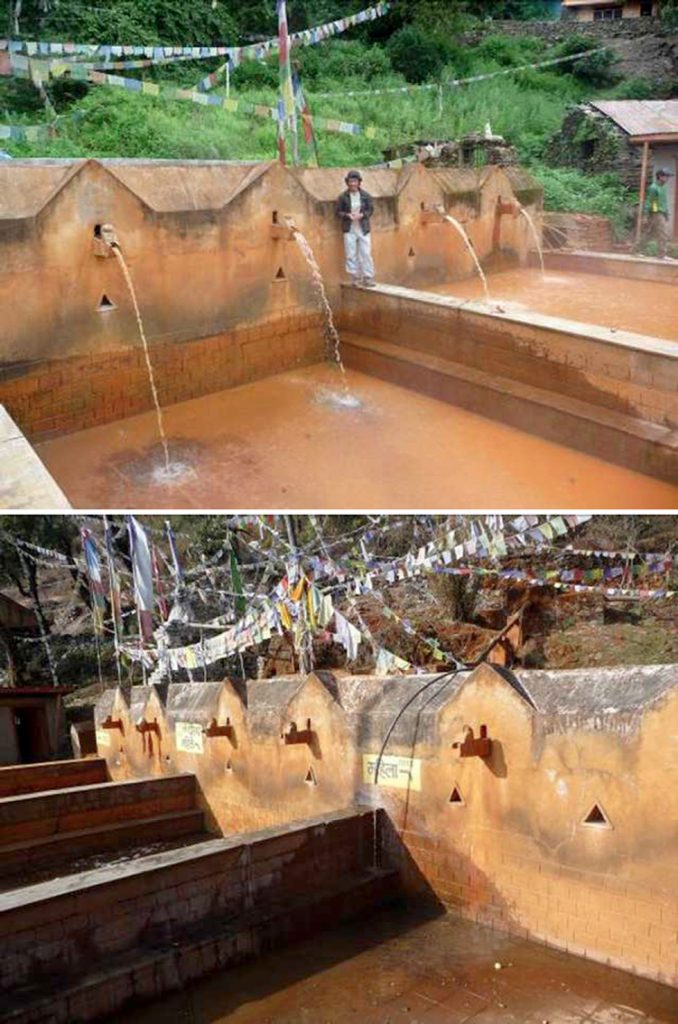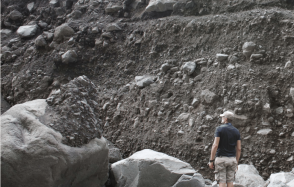Carbon dioxide eruptions triggered by the 2015 earthquake in Nepal
An international team has highlighted disturbances in the flow of gases and fluids in the Earth's crust following the Gorkha earthquake in 2015. These observations are leading to a better understanding of the role of hydrothermal systems in the deformation associated with this earthquake.
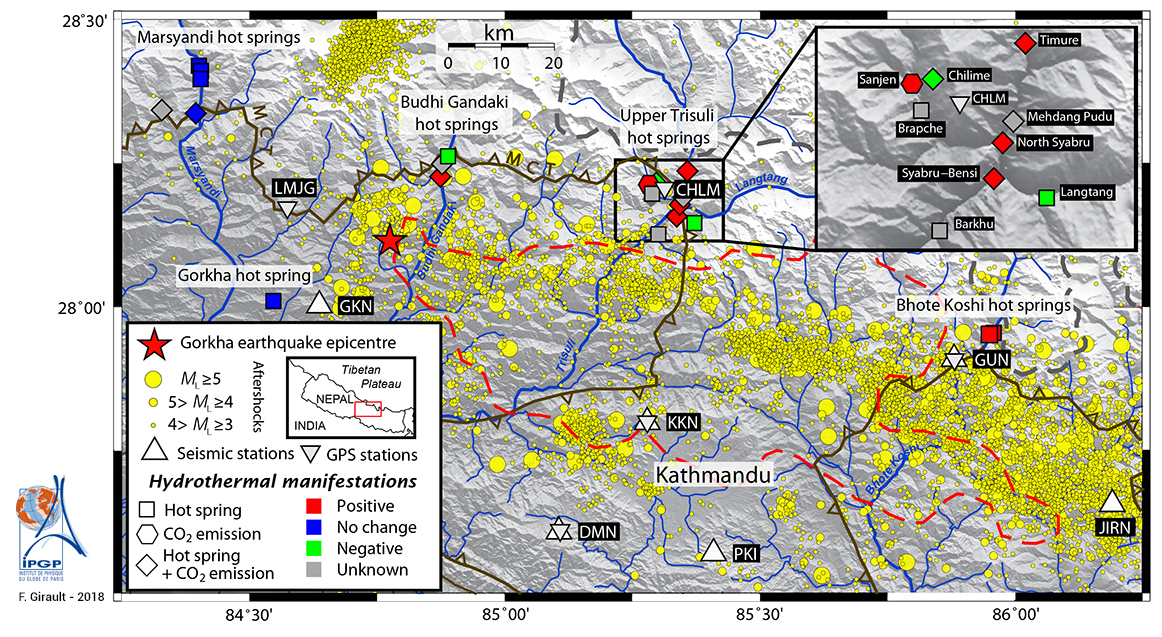
Publication date: 26/07/2018
Press, Research
Related teams :
Physics of natural sites
Related themes : Natural Hazards





